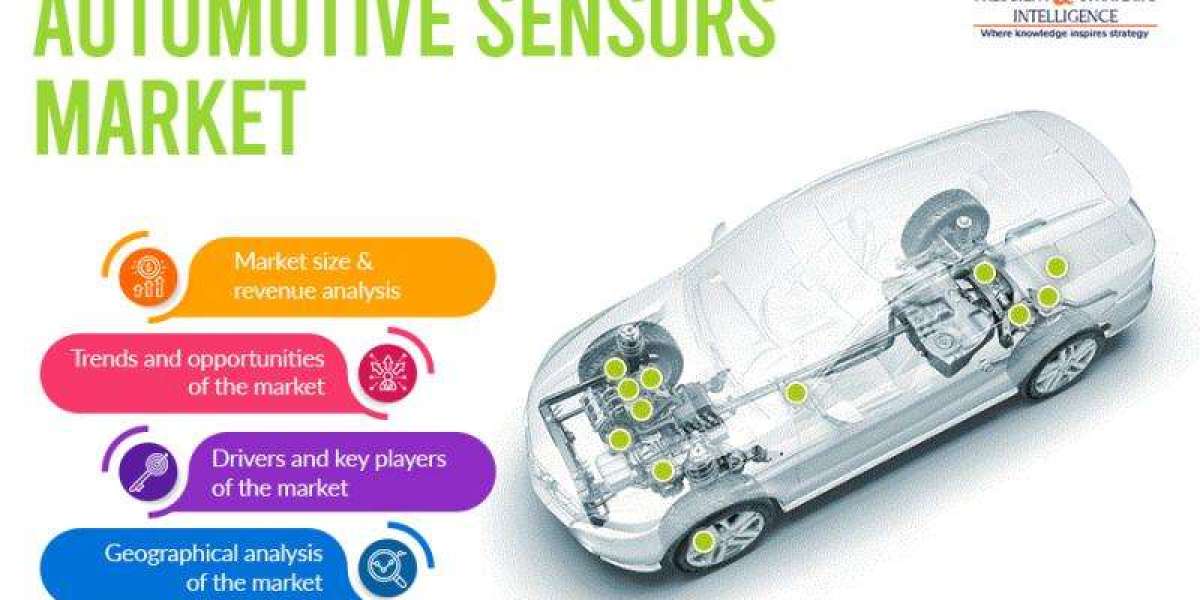The word smart has a different meaning altogether in the contemporary scenario. Initially, the word smart was only used to refer to a person who had some extraordinary intelligence. But, now, the word is associated with sensors. With the advent of AI and ML, the incorporation of sensors in almost every machine has made it smart.
When we think of smart, automobiles also do not hold back. Smart automobiles are the reality of today, and it is all because of automotive sensors. This blog will help you to know more about automotive sensors, and they do.
Defining an Automotive Sensor
An automotive sensor monitors several facets of the vehicle and sends info to the driver or ECU. At the time of need, the ECU promptly makes alterations to the particular part on the basis of the info received from the sensor.
They check several features of a vehicle, for instance its engine, temperature, oil pressure, speed, coolant system, exhaust degrees etc. The human sense organs are the best instances to identify the working perception of sensing units. They direct signals to the brain, helping it to make a decision.
Likewise, automotive sensors send signals to the ECU for making perfect adjustments or caution the driver. The sensor is continually monitoring the numerous aspects of the automotive from the second the engine is fired.
In a modern vehicle, the sensors are all over, from the engine to the least critical electric elements of the automobile.
What Does an Automotive Sensor Do?
The working idea of an automotive sensor gives a broad thought of the features of the same. Due to the fact that, there are numerous sensors in a vehicle, tracking several systems and working of mechanisms, the features of auto sensors are much wider than expected.
However, the key purpose of a sensor is the same, though the facet is monitoring. It sends information pertaining to the system it is tracking to the ECU. The data is passed through predefined formulations, and on the basis of that, and the ECU makes modifications. If the ECU cannot make the required alterations, it sends a cautionary alert to the driver.
With sensors, navigation becomes easier. A vehicle can avoid mishaps. LIDAR is the basic sensor, using light deflection for the creation of a map of its surroundings. This helps to avoid objects in its path.
Though, for autonomous vehicles to be completely operative on LIDAR, there are numerous requirements, for instance, the car must be reliable and robust, it should also use AI to detect obstacles.
The intricacy is high in autonomous automobiles, precisely in the way it processes data and makes important decisions. The vehicles need a GPS, accelerometers, MEMS-based gyroscopes, etc.
Coming to a Conclusion
Sensors are important in modern automobiles. They make vehicles more reliable and sophisticated. In the future, fully autonomous vehicles will be a reality. The demand for automotive sensors is on the rise due to increasing vehicle electrification, and it will reach a value of USD 58,215.3 million by the end of this decade.





